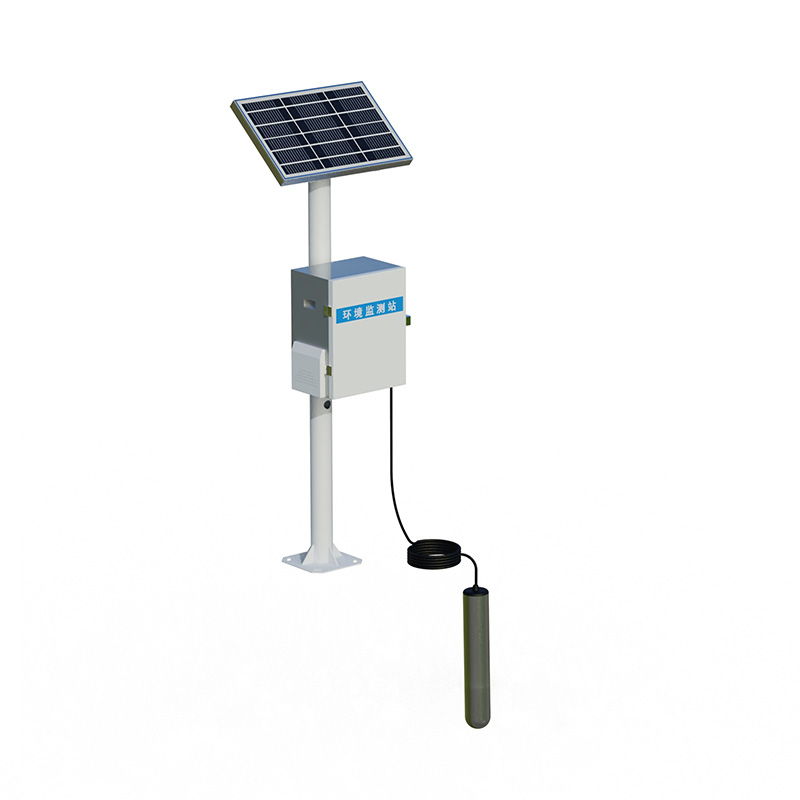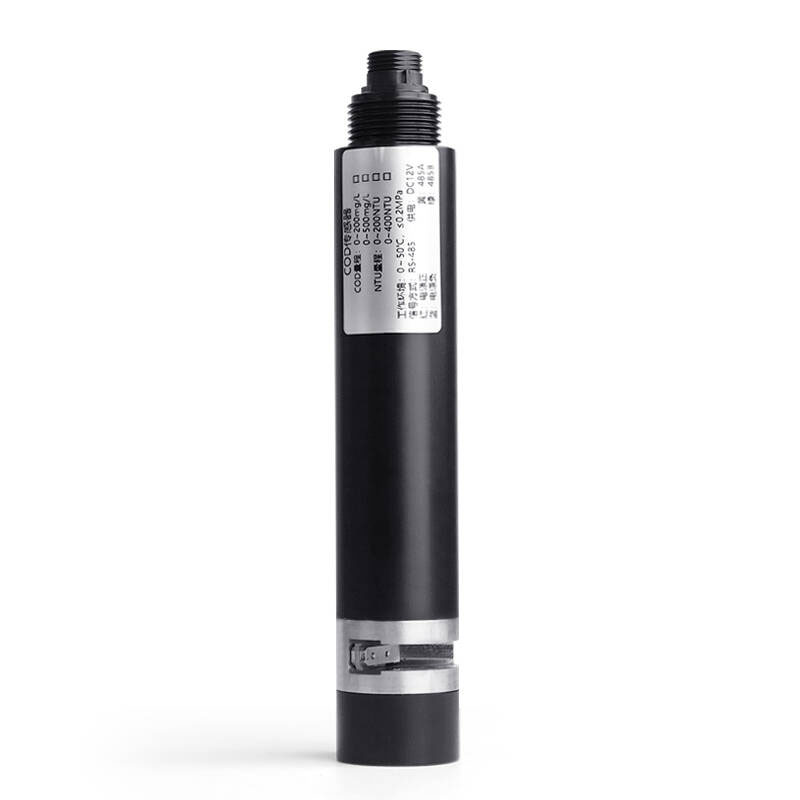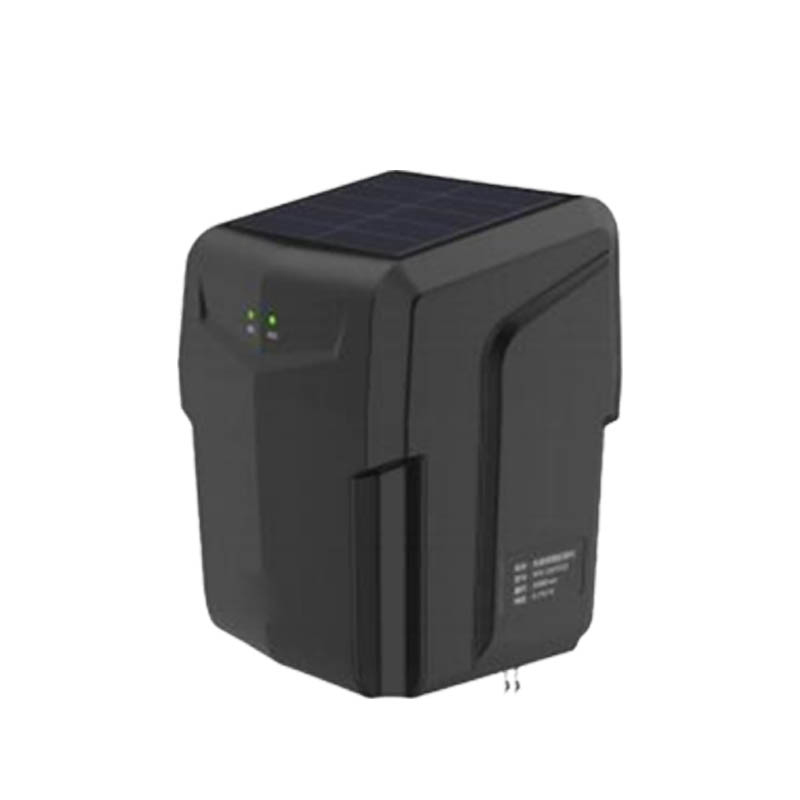The healthy growth of wheat is inseparable from suitable soil moisture. The so-called soil moisture is mainly reflected in two aspects: soil water content and soil physical state.
In terms of soil water content, the standard of sufficient soil moisture is usually that the soil humidity reaches about 80% of the field capacity. Different soil types vary. For example, the suitable water content of sandy loam in the 0 - 20 cm layer is 16% - 20%, and that of silt is 20% - 22%. When sowing wheat, the suitable soil moisture of the plough layer is 70% - 75% of the relative soil water content. Within this range, wheat seeds can absorb water and germinate smoothly, ensuring complete emergence of seedlings in one sowing, and the roots can also grow and penetrate deeply in time, enhancing drought resistance.
Judging from the physical state of the soil, a traditional method can be used for identification. If the soil can be formed into a ball when grasped by hand and into a slice when pinched by fingers, it is suitable. Specifically, when grasping the soil, it is slightly sticky or not sticky at all, feels soft, cool and moist without a sense of dampness, can be rolled into a strip or twisted into a slice, and when the soil ball is squeezed, there is no obvious water stain and no dripping water. Such soil has moderate moisture and is suitable for wheat sowing.
However, relying solely on the traditional method has limitations. At this time, the Soil moisture monitor plays an important role. It can accurately and real-time monitor soil moisture and other soil moisture data, overcoming the subjectivity and errors of the traditional method. Based on the accurate data it provides, farmers can make scientific decisions. For example, determine whether it is necessary to irrigate pre-sowing water, stubble water or seedling-covering water to adjust soil moisture, and judge the increase in sowing amount and sowing methods when sowing is late. For sandy loam and loam, after irrigating seedling-covering water, the timing of loosening the soil to preserve moisture can be determined according to the data of the monitoring station to prevent soil compaction from affecting seedling emergence.

This paper addresses:https://fengtusz.com/industry/551.html









